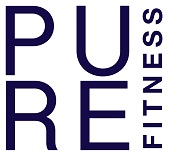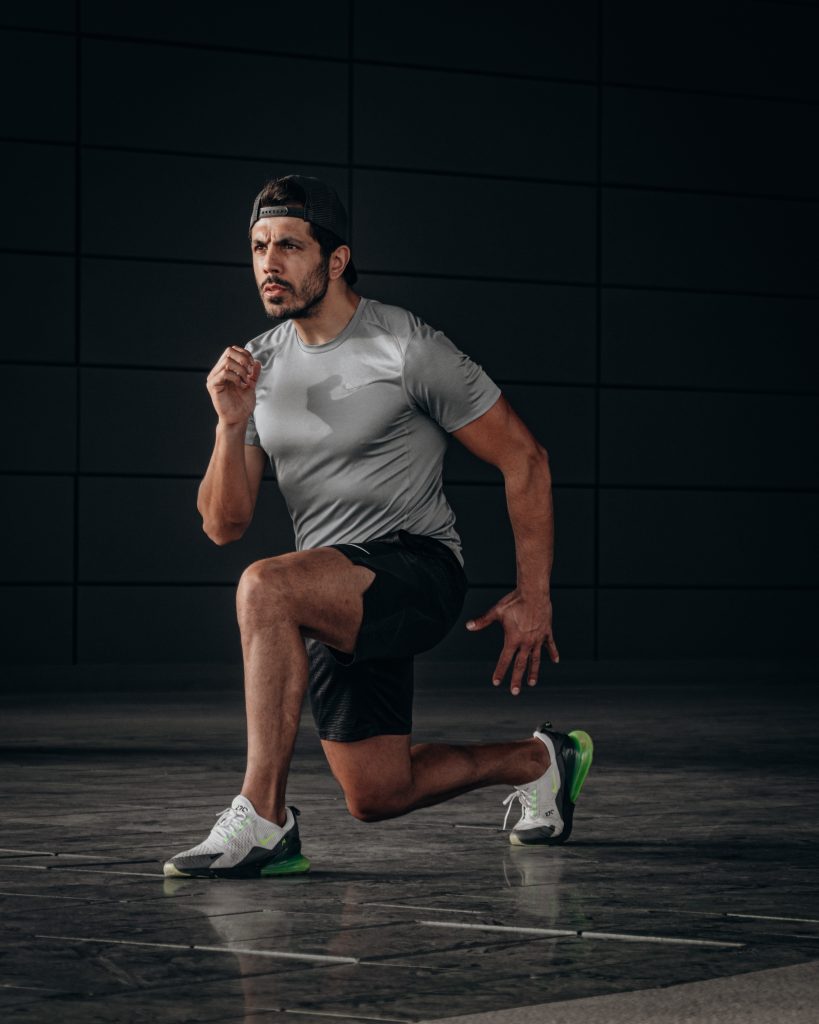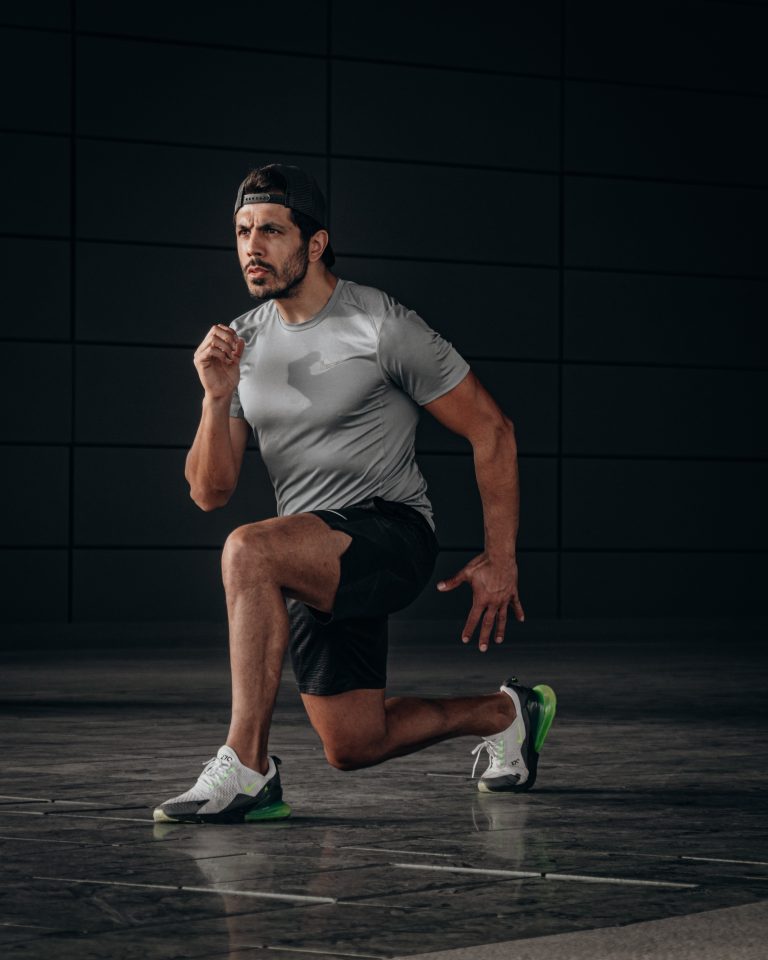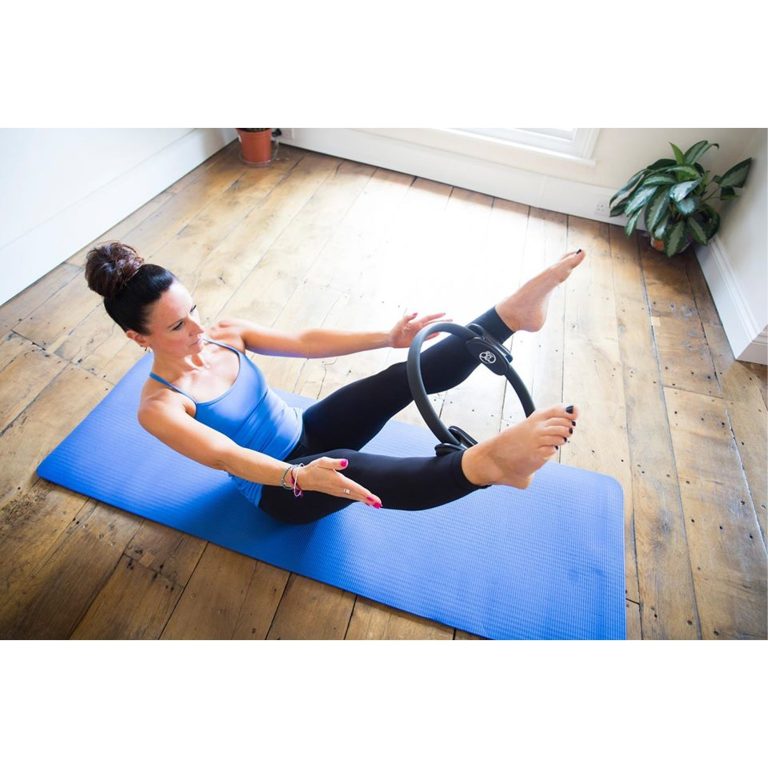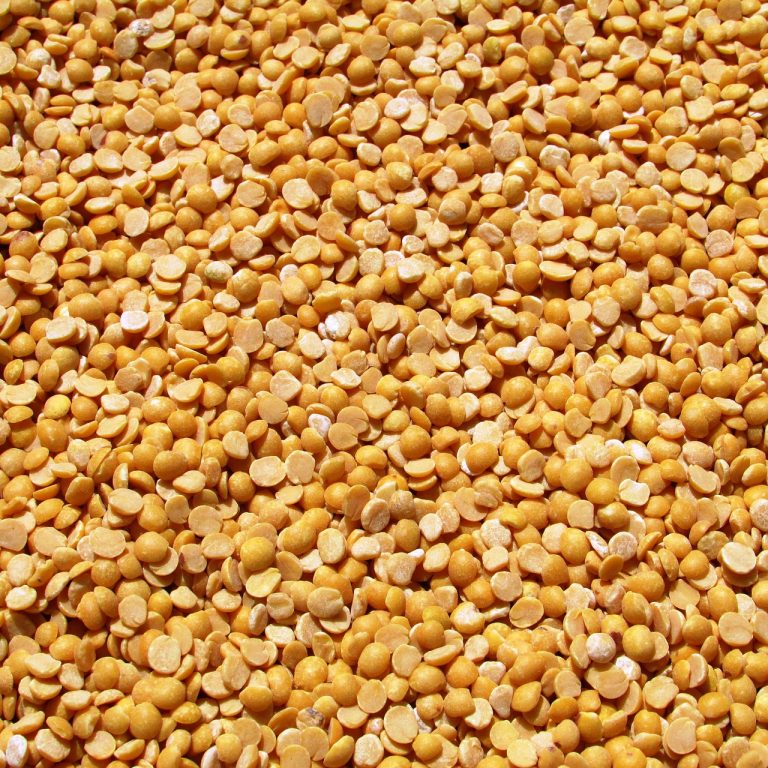Are you looking to get the most out of your workouts? Look no further than high-intensity interval training (HIIT)! This form of exercise has gained popularity for good reason – it offers a wide range of benefits that can help you achieve your fitness goals faster and more efficiently. From increased calorie burn and improved cardiovascular health to enhanced muscle tone and reduced workout time, HIIT is a game-changer when it comes to maximizing your fitness potential. So, if you’re ready to push your limits and reap the rewards, it’s time to give HIIT a try!
Table of Contents
ToggleImproved cardiovascular health
Increase in aerobic capacity
High-intensity interval training (HIIT) is known to improve cardiovascular health by increasing your aerobic capacity. This type of training involves short bursts of intense exercise followed by periods of active recovery. By pushing your body to its limits during the intense intervals, you challenge your cardiovascular system and make it work harder. Over time, this leads to an increase in your aerobic capacity, which is the maximum amount of oxygen your body can utilize during exercise. With a higher aerobic capacity, you can perform physical activities for longer durations without feeling exhausted.
Lower blood pressure
Regular HIIT workouts can also help lower your blood pressure. High blood pressure is a common risk factor for various cardiovascular diseases, including heart disease and stroke. The intense intervals during HIIT training cause your heart to pump harder and faster, which strengthens your heart muscle and improves its efficiency. As a result, your blood vessels become more relaxed, allowing the blood to flow freely and reducing the pressure on your arterial walls. By incorporating HIIT into your fitness routine, you can effectively manage your blood pressure and promote optimal cardiovascular health.
Reduced risk of heart disease
In addition to increasing aerobic capacity and lowering blood pressure, engaging in HIIT can significantly reduce the risk of heart disease. Heart disease is a leading cause of death worldwide, and it often develops due to a combination of factors, including high cholesterol levels, poor heart health, and a sedentary lifestyle. HIIT addresses these risk factors by improving your cardiovascular fitness, boosting your metabolism, and burning excess calories. By making HIIT a regular part of your exercise routine, you can enhance your heart health, reduce the risk of heart disease, and improve your overall quality of life.
Increased calorie burn
Boosts metabolic rate
One of the main benefits of HIIT is its ability to boost your metabolic rate. Your metabolic rate is the rate at which your body burns calories to perform its basic functions and activities. HIIT workouts involve intense bursts of exercise that push your body to its limits. These intense intervals require increased energy expenditure, which forces your body to tap into its energy stores and burn more calories. Even after you finish your HIIT workout, your metabolic rate remains elevated for hours, leading to continued calorie burn and increased fat loss.
Burns calories for hours after workout
Unlike traditional steady-state cardio exercises, HIIT workouts continue to burn calories long after you finish your workout. This is known as the “afterburn effect” or excess post-exercise oxygen consumption (EPOC). During HIIT, your body’s demand for oxygen increases significantly, and it needs to replenish its oxygen stores after the workout. This process requires energy, resulting in additional calorie burn even at rest. Studies have shown that the afterburn effect can last for up to 24 hours after a HIIT workout, making it a highly effective method for calorie burning and weight management.
Efficient use of time
Shorter workouts
If you’re looking to make the most out of your limited time, HIIT is the answer. One of the major advantages of HIIT is that it allows you to achieve the same or even better results compared to longer exercise sessions in a fraction of the time. Traditional cardio exercises often involve steady-state workouts that can be time-consuming and may not yield the same benefits as HIIT. With HIIT, you can complete a highly intense and effective workout in as little as 20-30 minutes, making it ideal for busy individuals who struggle to find time for exercise in their daily routine.
Equal or better results compared to longer exercise sessions
Despite its shorter duration, HIIT has been proven to deliver equal or even better results compared to longer exercise sessions. Several studies have shown that HIIT is more effective in improving cardiovascular fitness, increasing muscle strength and endurance, and promoting fat loss compared to traditional steady-state cardio exercises. HIIT combines intense bursts of exercise with short recovery periods, which challenges your body and forces it to adapt quickly. This constant variation and high level of intensity provide superior results, making HIIT a highly efficient and effective method for achieving your fitness goals.
Improved insulin sensitivity
Better blood sugar control
HIIT has been shown to improve insulin sensitivity, which is crucial for better blood sugar control. When you have good insulin sensitivity, your body can efficiently use the hormone insulin to transport glucose from the bloodstream into the cells, where it can be used for energy. Poor insulin sensitivity, on the other hand, can lead to high blood sugar levels and an increased risk of developing type 2 diabetes. HIIT workouts help improve insulin sensitivity by increasing muscle contractions and glucose uptake during exercise, leading to better overall blood sugar control.
Reduced risk of type 2 diabetes
By improving insulin sensitivity and blood sugar control, HIIT can significantly reduce the risk of developing type 2 diabetes. Type 2 diabetes is a chronic condition characterized by high blood sugar levels due to the body’s inability to properly utilize insulin. Regular HIIT training can help prevent the onset of type 2 diabetes by improving your body’s ability to manage glucose and insulin levels. In addition to the direct effects on insulin sensitivity, the high-intensity nature of HIIT also promotes weight loss and reduces excess body fat, which are key factors in preventing and managing type 2 diabetes.
Increased fat loss
Burns more fat
If your goal is to lose fat and achieve a leaner physique, HIIT is your go-to workout. HIIT has been shown to be highly effective in burning fat, particularly belly fat, which is known to be associated with various health risks. The intense intervals during HIIT workouts not only burn a significant number of calories but also stimulate the release of fat-burning hormones, such as growth hormone and adrenaline. These hormones mobilize stored fat, allowing your body to utilize it as a fuel source. Additionally, the elevated metabolic rate during and after HIIT promotes fat oxidation, leading to increased fat loss over time.
Preserves lean muscle mass
One of the challenges of traditional cardio exercises is that they can lead to muscle loss along with fat loss. This can result in a less toned appearance and a slower overall metabolism. However, HIIT is different. While HIIT primarily focuses on fat burning, it also helps preserve lean muscle mass. The intense intervals and resistance exercises involved in HIIT stimulate muscle fibers and promote muscle growth. By incorporating strength exercises within your HIIT routine, you can preserve and even build lean muscle, resulting in a toned and defined physique.
Improved muscle strength and endurance
Enhanced muscle performance
In addition to burning fat and preserving lean muscle mass, HIIT also improves muscle strength and performance. The intense bursts of exercise during HIIT engage multiple muscle groups simultaneously, challenging them to work harder and become stronger. This leads to enhanced muscle performance, allowing you to lift heavier weights, perform more repetitions, and achieve better overall results in your strength workouts. Whether you’re aiming to increase your squat or improve your upper body strength, incorporating HIIT into your fitness routine can help you reach your strength goals.
Improved muscular endurance
Muscular endurance refers to the ability of your muscles to repeatedly contract over an extended period without fatigue. HIIT training is an excellent way to improve muscular endurance due to its high-intensity nature and short recovery periods. By pushing your muscles to their limits during the intense intervals, you build endurance and increase your tolerance to fatigue. Over time, your muscles become more efficient at performing repetitive movements and can sustain high levels of intensity for longer durations. Improved muscular endurance not only helps you in your workouts but also in your daily activities, making physical tasks feel easier and less tiring.
Enhanced oxygen consumption
Increased VO2 max
HIIT is known to enhance oxygen consumption, as evidenced by the increase in maximal oxygen uptake, also known as VO2 max. VO2 max is a measure of the maximum amount of oxygen your body can utilize during intense exercise. It is considered one of the most reliable indicators of cardiovascular fitness. Engaging in HIIT workouts regularly can significantly improve your VO2 max, allowing your body to take in and utilize more oxygen to meet the demands of intense physical activity. With an increased VO2 max, you can perform exercises at a higher intensity and for longer durations, improving your overall fitness and athletic performance.
Improved overall fitness
By improving oxygen consumption and increasing VO2 max, HIIT positively impacts your overall fitness level. Fitness encompasses various aspects, including cardiovascular endurance, muscular strength, endurance, and flexibility. HIIT targets all of these areas, making it a well-rounded and comprehensive form of exercise. Whether you’re an athlete looking to boost your performance or a beginner aiming to improve your overall fitness, incorporating HIIT into your routine can help you achieve your fitness goals and lead a healthier, more active lifestyle.
Reduced boredom and increased motivation
Variety of exercises
One of the reasons why many people struggle to maintain a consistent exercise routine is boredom. Doing the same workout over and over again can quickly become monotonous, leading to decreased motivation and interest. However, HIIT offers a wide variety of exercises that can keep you engaged and excited about your fitness journey. From bodyweight exercises, such as burpees and mountain climbers, to equipment-based exercises like kettlebell swings and jump squats, there is no shortage of options with HIIT. This variety not only makes your workouts more enjoyable but also challenges your body in different ways, leading to better results.
Short intervals keep you engaged
Another aspect of HIIT that keeps you engaged and motivated is the short intervals and recovery periods. Traditional cardio exercises often involve long periods of continuous activity, which can feel monotonous and mentally draining. In contrast, HIIT workouts are structured with short bursts of intense exercise followed by brief recovery periods. This interval-based approach keeps your mind engaged, as you constantly switch between the intense intervals and recovery periods. This mental stimulation, combined with the quick changes in exercise intensity, makes HIIT workouts more enjoyable, allowing you to stay motivated and committed to your fitness journey.
Can be done anywhere
No need for specialized equipment
One of the great advantages of HIIT is its versatility and accessibility. Unlike some forms of exercise that require specialized equipment or access to a gym, HIIT can be done anywhere with minimal or no equipment. Many HIIT workouts primarily utilize bodyweight exercises, which means you can perform them in the comfort of your own home, at a local park, or even while traveling. Additionally, if you prefer using equipment, there are plenty of options available, such as resistance bands or dumbbells, that are portable and easy to use. This flexibility allows you to maintain a consistent exercise routine, regardless of your location or access to gym facilities.
Can be adapted to different environments
Not only can HIIT be done anywhere, but it can also be adapted to different environments and fitness levels. Whether you’re a beginner or an advanced exerciser, HIIT can be customized to suit your specific needs and abilities. If you’re just starting, you can modify the exercises and intensity to match your fitness level and gradually increase as you progress. HIIT offers limitless possibilities for adaptation and progression, allowing you to continuously challenge yourself and prevent plateaus. This adaptability makes HIIT a suitable and sustainable form of exercise for people of all fitness levels, ensuring you can enjoy its benefits regardless of your starting point.
